These wonders inspire most visitors and that is part of the reason why they are so appealing.
Salar de Uyuni, Bolivia

When a prehistoric lake dried up around 30,000 years ago, it left behind a vast expanse of white hexagonal tiles that stretched to the horizon. The world’s largest salt flat, the site supplies more than 25,000 tons of salt a year to local miners, attracts thousands of flamingos and millions of tourists each year.
Asbyrgi Canyon, Iceland

Two ice age floods carved this canyon between 3,000 and 10,000 years ago. Standing on the cliff top, looking out over the horseshoe-shaped canyon before you is an incredible experience.
Lake Retba, Senegal

The waters of this lake are a stunning deep pink. The color is due to a special type of algae called Dunaliella salina that produces the pigment. The lake has an extremely high salt content, reaching 40% in some areas, which allows the algae to thrive.
White Desert (Sahara el Beyda), Egypt

This place has an alien landscape with white rocks of strange shapes and sizes rising from the desert. Their appearance was not created by a stone sculptor but by a strong sandstorm over time that carved them into their current shape.
Moeraki Rock, New Zealand

The spherical stones along New Zealand’s Moeraki Beach measure up to 2.13m in diameter and have been compared to giant marbles or dinosaur eggs. They are actually compacted sediments that formed underground more than 50 million years ago. When the surrounding sand eroded away, the round stones emerged.
Caño Cristales River, Colombia

Caño Cristales is also known as the “River of Five Colors,” the “Liquid Rainbow,” and is considered the most beautiful river in the world. If you visit when the water levels are at the perfect level (usually between July and December), the river becomes a kaleidoscope of pinks, greens, blues, and yellows, created by a plant called Macarenia clavigera that lives on the riverbed. When it gets sunlight, it bursts into a rainbow of colors.
Blood Falls, Antarctica

When scientists first discovered these falls in the McMurdo Dry Valleys in 1911, they assumed that algae were responsible for the deep red water gushing from a crack in the glacier. But it turns out the color comes from the high iron content of the falls’ source, a lake buried nearly 400m below the ice.
Giant's Causeway, UK

One of Northern Ireland's most popular tourist attractions, the Giant's Causeway features 40,000 interlocking basalt columns that form pathways. The rocks, which are mostly hexagonal in shape, were formed 60 million years ago when underground lava cooled into boulders up to 40 feet high and 18 inches in diameter.
Ice towers on Mount Erebus, Antarctica

These ice towers are located on the frozen slopes of Mount Erebus, above a very active volcano. When superheated gases rise through the vents, they create caves in the ice and the chimneys can reach heights of more than 18m.
Devil's Marble, Australia

The Devils Marbles Reserve is one of the most iconic sites in the Northern Territory. Most photos focus on just two of the rocks, but there are actually many more prehistoric, rust-coloured granite boulders – some of which can be up to 6m in diameter – scattered across 17,800m2.
Stone pavement at Eaglehawk Neck, Tasmania

The coastline of the Tasman Peninsula is unlike anywhere else in the world thanks to a rare erosion effect named after the incredibly impressive Roman mosaic technique.
Sarisariñama Sinkhole, Venezuela

On Cerro Sarisariñama mountain in southwestern Venezuela, gravity has carved four perfectly circular holes about 300 meters deep into the remote rainforest landscape. The area is so far from civilization that the sinkholes went undiscovered until 1961, when a pilot flew over the mountain’s summit.
Puerto Princesa Underground River, Philippines

The 8km long Puerto Princesa Underground River on Palawan Island is the world’s longest navigable underground river. It flows into the South China Sea through a 40km long cave filled with stalactites and stalagmites. The surrounding park, a UNESCO World Heritage Site, is equally impressive and is home to more than 800 species of plants, 165 species of birds, 30 species of mammals, 19 species of reptiles and 9 species of bats.
(According to 24h, March 15, 2024)
Source


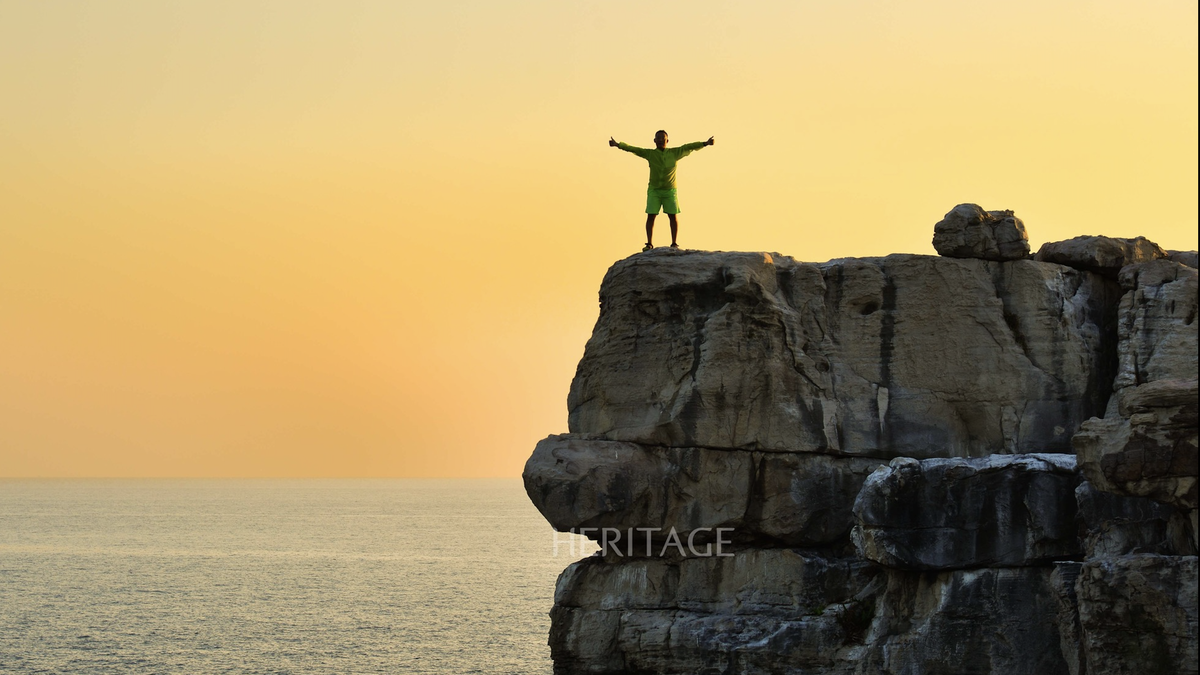
![[Photo] Prime Minister Pham Minh Chinh chairs the national online conference on combating smuggling, production and trade of counterfeit goods.](https://vphoto.vietnam.vn/thumb/1200x675/vietnam/resource/IMAGE/2025/6/23/4a682a11bb5c47d5ba84d8c5037df029)
![[Photo] Prime Minister Pham Minh Chinh holds meeting to launch exhibition of national achievements to celebrate 80th National Day](https://vphoto.vietnam.vn/thumb/1200x675/vietnam/resource/IMAGE/2025/6/23/0c0c37481bc64a9ab31b887dcff81e40)
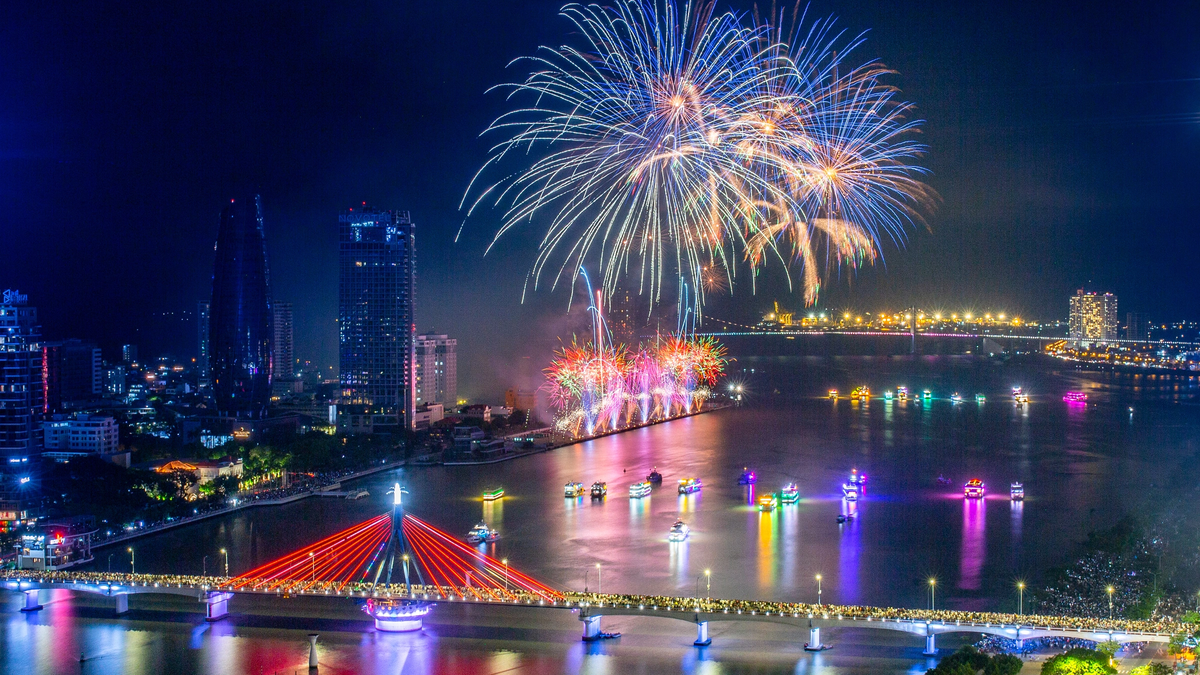

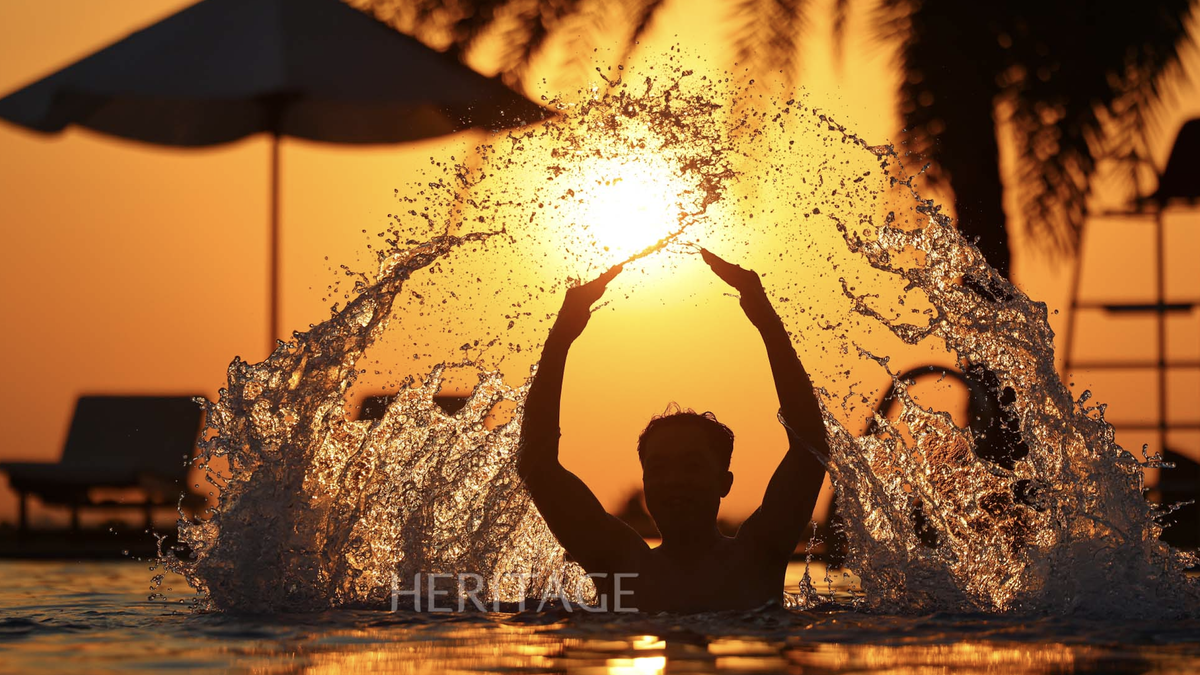












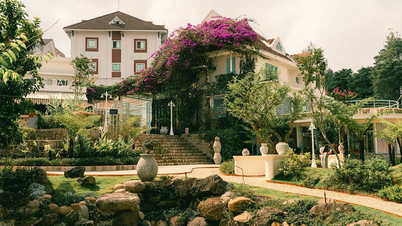

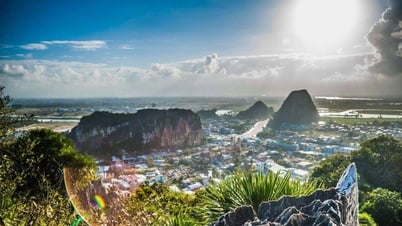
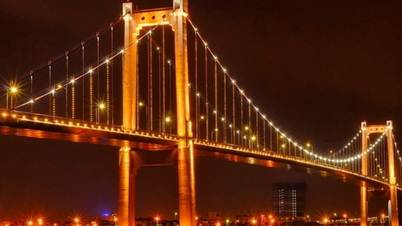
![[Photo] Party Congress of the Central Internal Affairs Commission for the 2025-2030 term](https://vphoto.vietnam.vn/thumb/1200x675/vietnam/resource/IMAGE/2025/6/23/5bf03821e6dd461d9ba2fd0c9a08037b)






























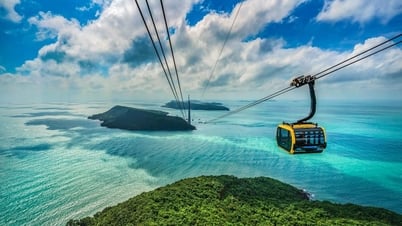













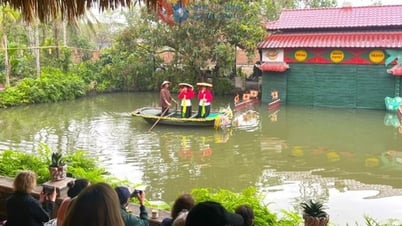



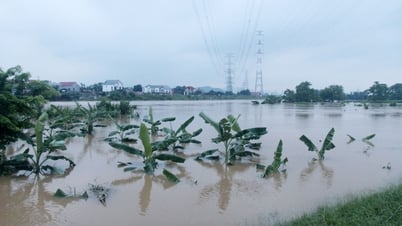



















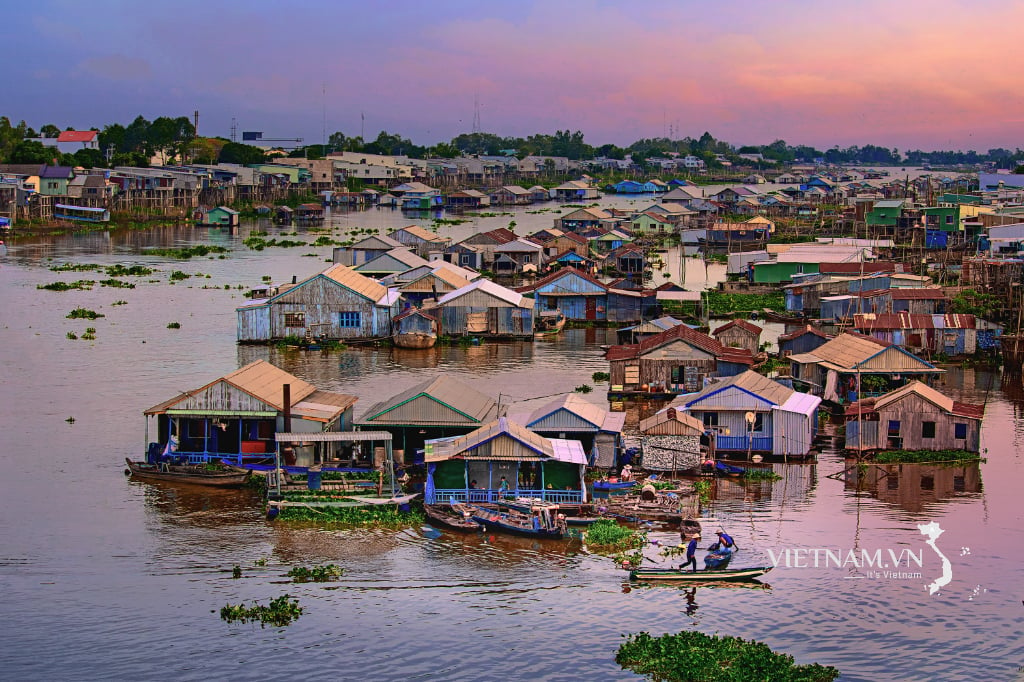
Comment (0)